How is Be.CULTOUR Community celebrating the Winter festivities?
What are the local tales and traditions that bring people together and what do they mean for European heritage?
Are these traditions still sustainable?
Let's find out more!

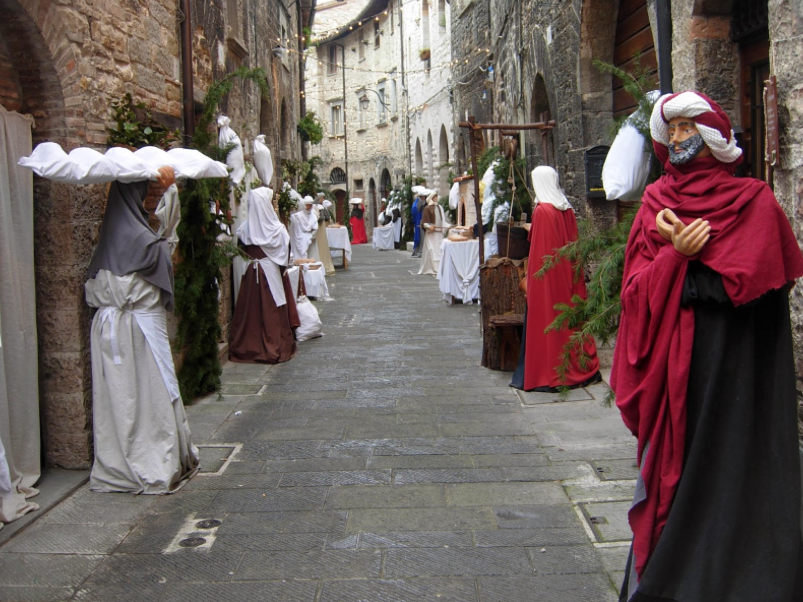
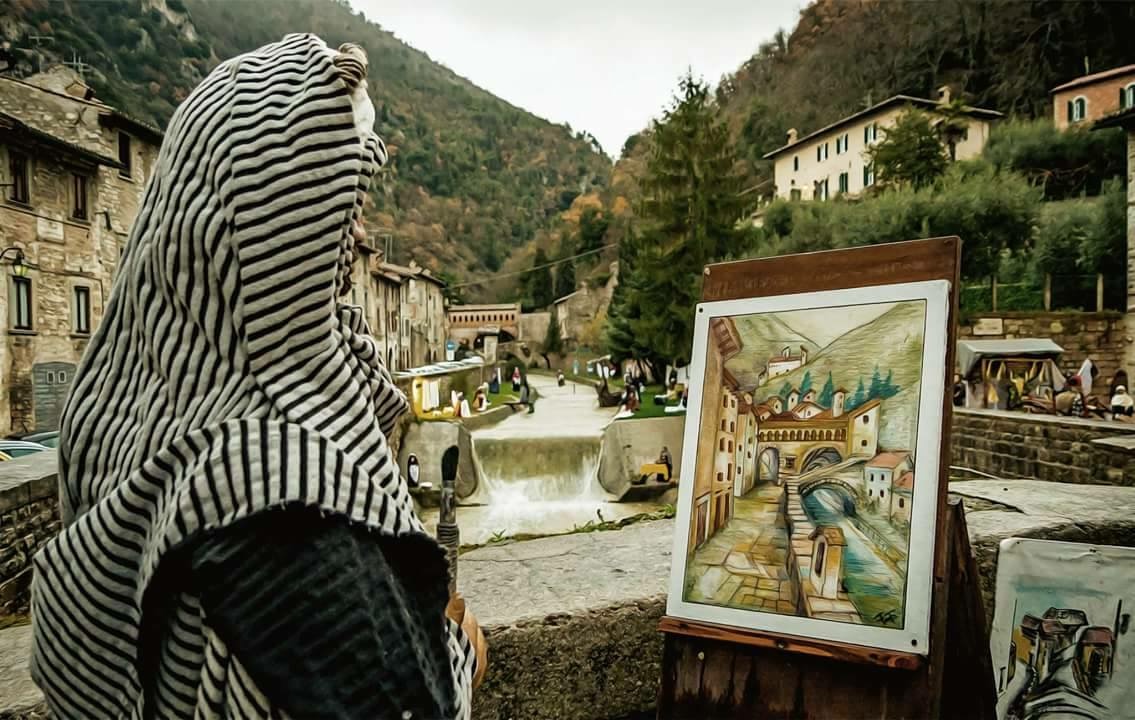
In Umbria Christmas 2023 is all about the tree(s)
As one of the most visited religious destinations in Italy, Christmas in Umbria has been associated with the representations of nativity scenes, ranging from small cribs in churches to large nativities outdoors (Statues or statuettes) Many are actually enacted by residents of villages, parishes and boroughs, in ‘live’ events that are part of the Christmas experience in Umbria for residents and tourists alike.
Nativities are at the core of the Christian religious tradition in Italy and Europe, but Umbria is famous for another, northern European tradition: the Christmas tree.
The tallest Christmas tree in the world is lit up on the 7th of December (often by a famous personality, in 2011 and 2014 by the Pope via Ipad or by the President ) for a month, and is made up of thousands of multicolor lights scattered on the slope of Mount Ingino in Gubbio. The tree is 750 m tall, covers an area equal to that of 30 football pitches, and the over 1000 lights are solar-powered and maintained by volunteers.
It is one of the main tourist attractions in Umbria over the Christmas period.
In Perugia, Christmas 2023 will be all about sustainability and resilience in the face of unstable times and raising costs of living.
The Municipality will not finance any lights but will decorate the city center with 112 trees (from local nurseries) and these will be dressed by students of all the primary schools of Perugia, encouraging the creativity of all students and their interpretations of Christmas regardless of religion and ethnicity.
If you want to learn more about Sviluppumbria within the Be.CULTOUR Project click here.
Caroling of the “Dubaşi” in Timis County
Romanian Christmas traditions, centuries old, are still preserved today, and in Banat, the geographical and historical region of which Timiș County is a part, the multitude of ethnicities, with specific customs, give a special charm to this Christian holiday. It is preceded by the day of Ignatius, when the pig is slaughtered, a ritual of ancient pagan origins.
On the eve of the day when Christians celebrate the Savior's Birth, the custom of caroling from house to house, which lasts until late at night, was preserved. The carolers are rewarded with apples, nuts, pretzels, and in more recent times, with money. Both young people and children go to caroling, called "piţărăi", they are considered bringers of luck and happiness.
Carol of the “Dubași” – unique custom in Banat. One of the most beautiful and unique customs in Banat is the Caroling of the “Dubaşi”. The “Dubaşi“ are a group of young people who beat the drums alertly, starting from the church and going from house to house throughout the village, announcing the Birth of the Lord. T
hey wear traditional folk costumes, specific to Banat. The “Dubași” go from house to house, especially in houses where there are marriageable girls. A different carol is sung at each house, taking into account the occupation of the head of the family.
If you want to learn more about Timis County within the Be.CULTOUR Project click here.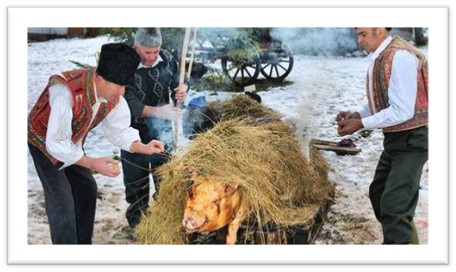

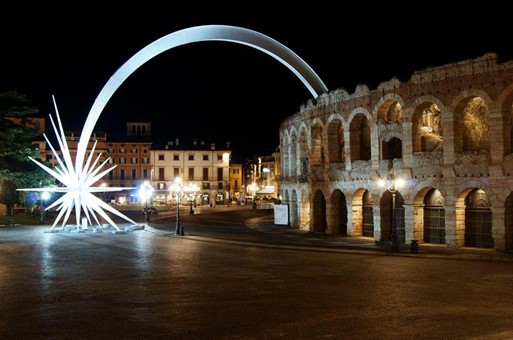


Winter festivities and traditions in Veneto Region: Nativity scenes from around the world - Verona
The city of Verona annually hosts the International Exhibition of Nativity Scenes in Art and Tradition.
The event, organized by the Verona Foundation for the Arena at Palazzo della Gran Guardia, consists of a rich exhibition of nativity scenes and works of art inspired by the theme of the Nativity, from museums, collections, nativity master craftsmen and enthusiasts from around the world , thereby offering a comprehensive artistic picture of the intercontinental nativity scene tradition.
The exhibition appears in the Guinness Book of Records, with its 400 nativity scenes from all over the world that occupy a very large exhibition space.
The exhibition symbol is also in the Guinness Book of Records, the Comet Star designed by Alfredo Troisi and designed by Rinaldo Olivieri. It is the largest archisculpture in the world, made of steel, 100 metres high and weighing 88 tons.
More info: https://www.presepiarenaverona.it/
If you want to learn more about Veneto Region within the Be.CULTOUR Project click here.
Orhodox Christmas in Vojvodina
Orthodox Christians in Vojvodina, as across Serbia, celebrate Christmas (Božić in Serbian) according to Julian calendar – on January 7th, while Christmas Eve - Badnje veče is called so up to tree log called badnjak, usually of oak, which will get burnt ritually.
On Christmas morning there is a ceremonial first visit (mostly prearranged) in each house with so-called položajnik, man or a boy to summon prosperity and well-being for the entire household for the ensuing year.
Položajnik takes a branch of badnjak, and strikes it repeatedly to make sparks fly from it chanting “How many sparks, that much happiness in this house”, and also for the health, wealth, joy etc.
An essential feature of Christmas dinner is a česnica, round loaf of bread which has one (silver, gold or special) coin – to bring luck, good health and fortune to the one who finds it!
More info here.

Enjoy Christmas by the sea with Sciacca's 5 Senses Open-Air Museum
Events, experiences, and itineraries await this Christmas to discover a community's identity through a collective voice.
This Christmas you can learn how to make a typical Christmas sweet, made with Sicilian dried fruits and the sweet figs from the land and zuccata, a squash jam. A crumbly treat that you can make at home thanks to local grandmothers' and pastry chefs' secrets.
Become Shape or paint a Christmas ball, tree or nativity scene with your own hands by following our pottery masters' guidance. Bring with you a millenary art and its secrets.
Read the full Christmas program here.
If you want to learn more about Sciacca's 5 Senses Museum within the Be.CULTOUR project clickhere.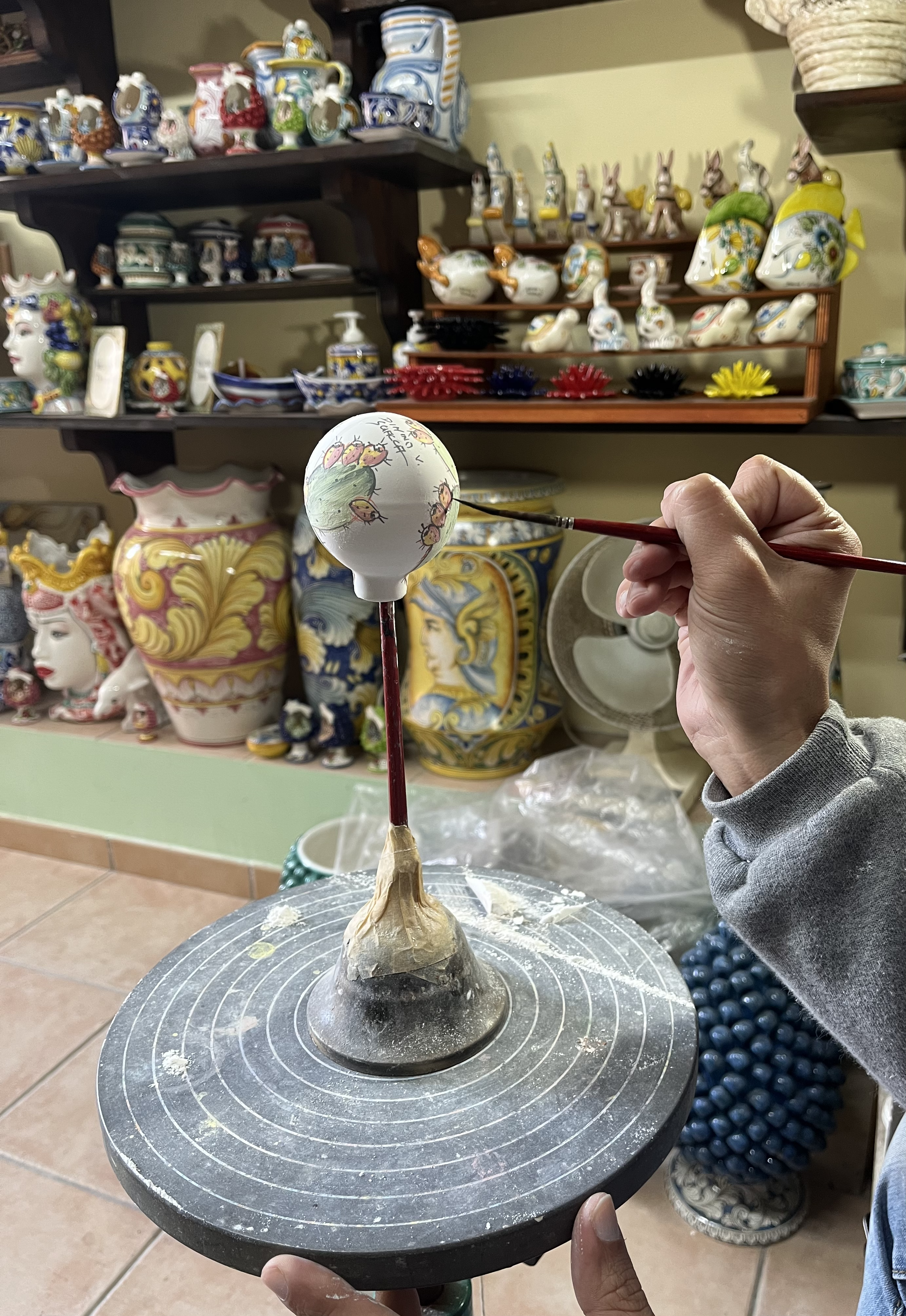
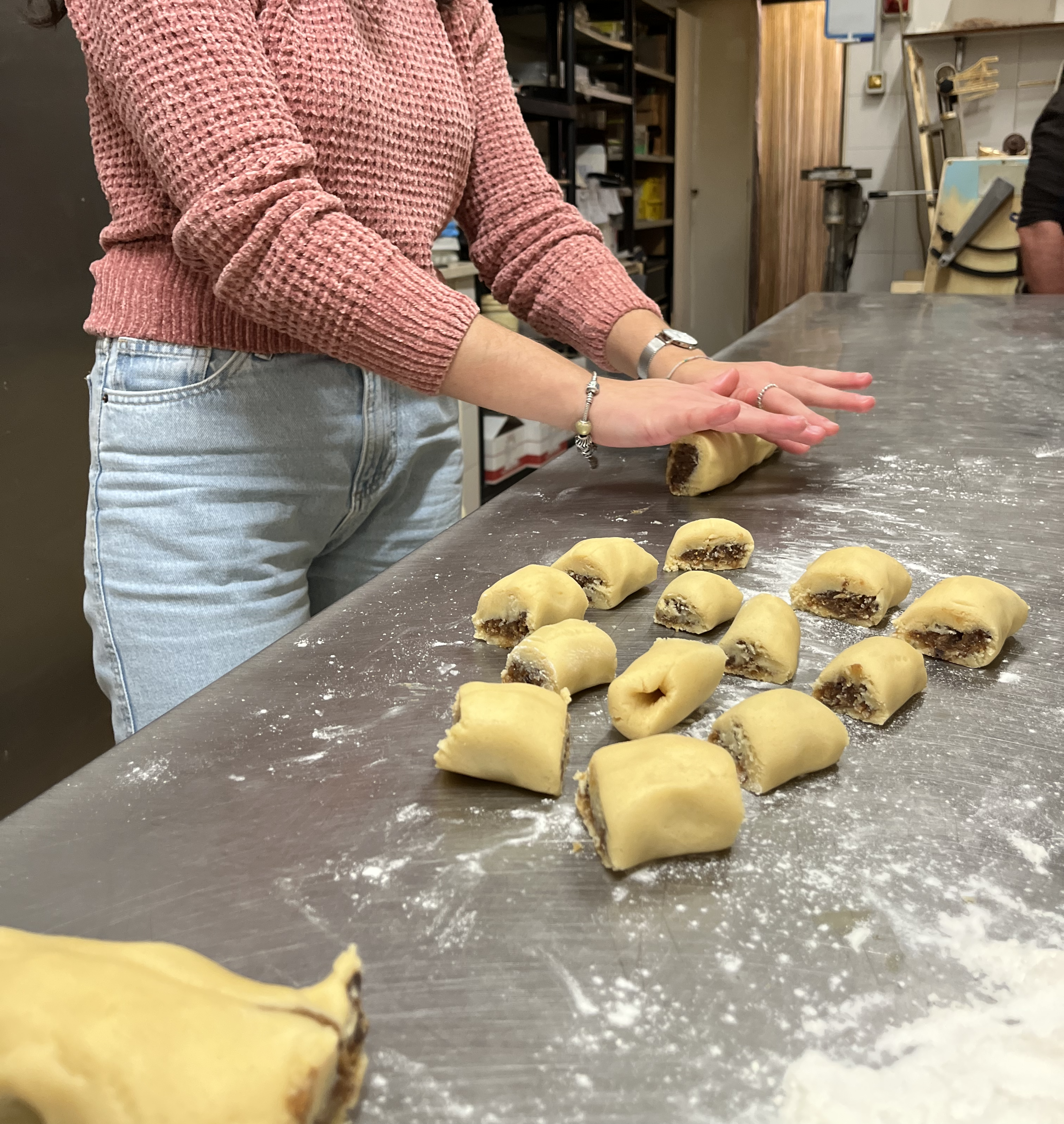
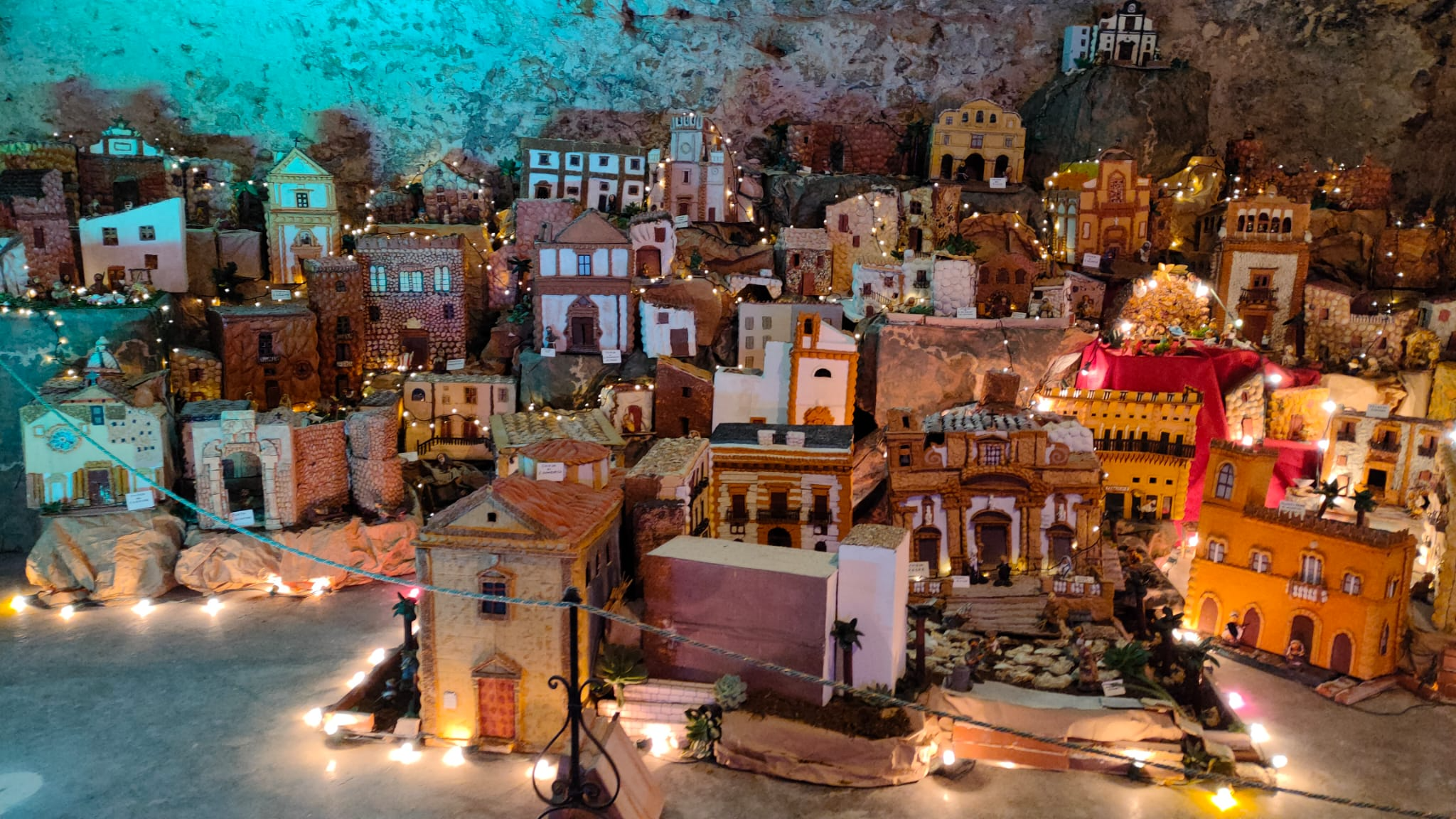
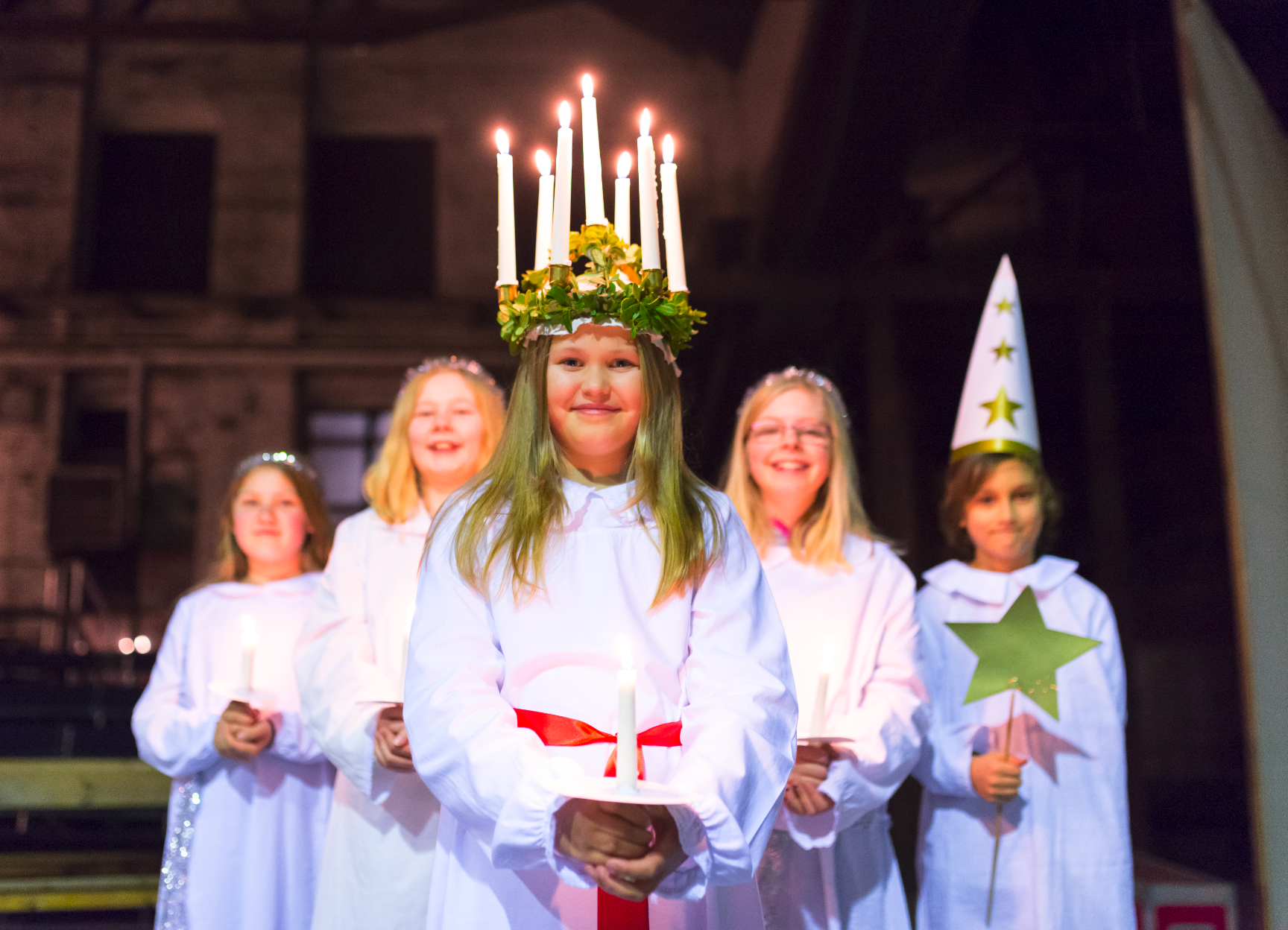
The celebration of Lucia in Sweden
The celebration of Lucia has its roots in an ancient Christian tradition, honoring the saint Lucia, believed to have lived in Sicily during the fourth century. According to legend, Lucia was a Christian woman who dedicated her life to helping the poor and oppressed. She wore candles in her hair to keep her hands free to assist those in need.
The most well-known feature of the Luciatradition is the so-called Lucia procession, where a young woman, dressed in white with candles in her hair, leads a group of similarly attired maidens and star boys. Together, they sing Lucia songs and spread light in the dark winter morning.
Lucia celebration takes place on December 13, originally the winter solstice according to the Julian calendar. The day symbolizes the return of light after the darkest time of the year, marking the beginning of brighter days.
The celebration is a time for community, music, and light, becoming an integral part of Swedish Christmas tradition and culture. Lucia morning is not just a tribute to light but also to traditional flavors. People gather to celebrate Lucia in city churches and squares. Children and youth dress in white attire with candles in their hair, singing Christmas carols and offering mulled wine and traditional saffron-scented Lucia buns. The soft glow of the candles unites people in a sense of warmth and togetherness in the midst of winter darkness.
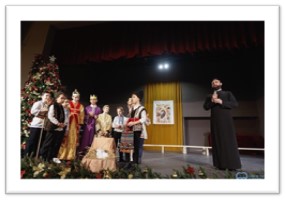
Timis traditional Christmas play
The “Viflaim" or "Irozii" is another custom that has been preserved since ancient times, a popular theater play in which Joseph, Mary, King Herod and other biblical characters announce the Birth of Jesus Christ.
In some villages, the oldest member of the family throws grains of wheat and corn in front of the carolers, there is a belief that the grains passed over by the carolers, mixed with the seed to be planted in the furrow, brings a rich harvest in the coming year. Another custom is to put corn, wheat, sunflower seeds and hay under the tablecloth on which the dishes cooked for the Christmas meal are placed, which are then given to the animals, in order to have peace and wealth in the house.
If you want to learn more about Timis County within the Be.CULTOUR Project click here.
Christmas markets are getting more and more popular in the Netherlands
From a Dutch perspective, 10 years ago big Christmas markets were something they had in German cities. In South Limburg, the winter period was also the time of year with fewer tourists. Especially in Maastricht and Valkenburg, they invested a lot in the Christmas markets (in Valkenburg they have Christmas exhibitions in the caves as well), and nowadays hotels are fully booked.
In Parkstad Limburg, every city has a Christmas market nowadays as well, as in many Dutch cities. But most markets don’t attract that many tourists as Maastricht and Valkenburg do.
In a lot of towns in Parkstad/South Limburg are also many Christmas cribs/mangers, and people can get a walking map/route to see all the Christmas cribs/mangers in the town.
A popular drink during this time of year is glühwein, mainly derived from German traditions, which still has a big influence on the way Limburg celebrates the winter/Christmas period.
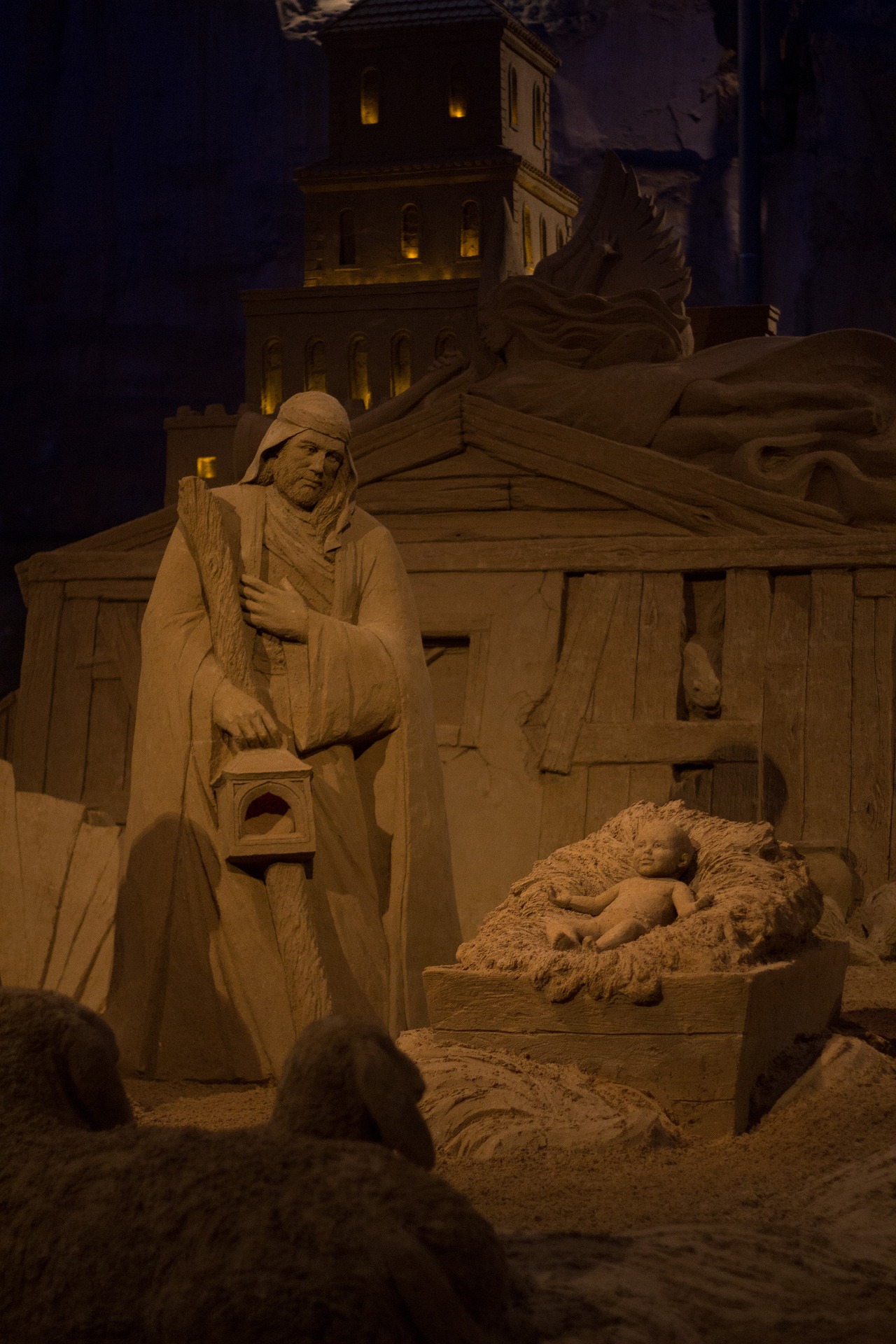
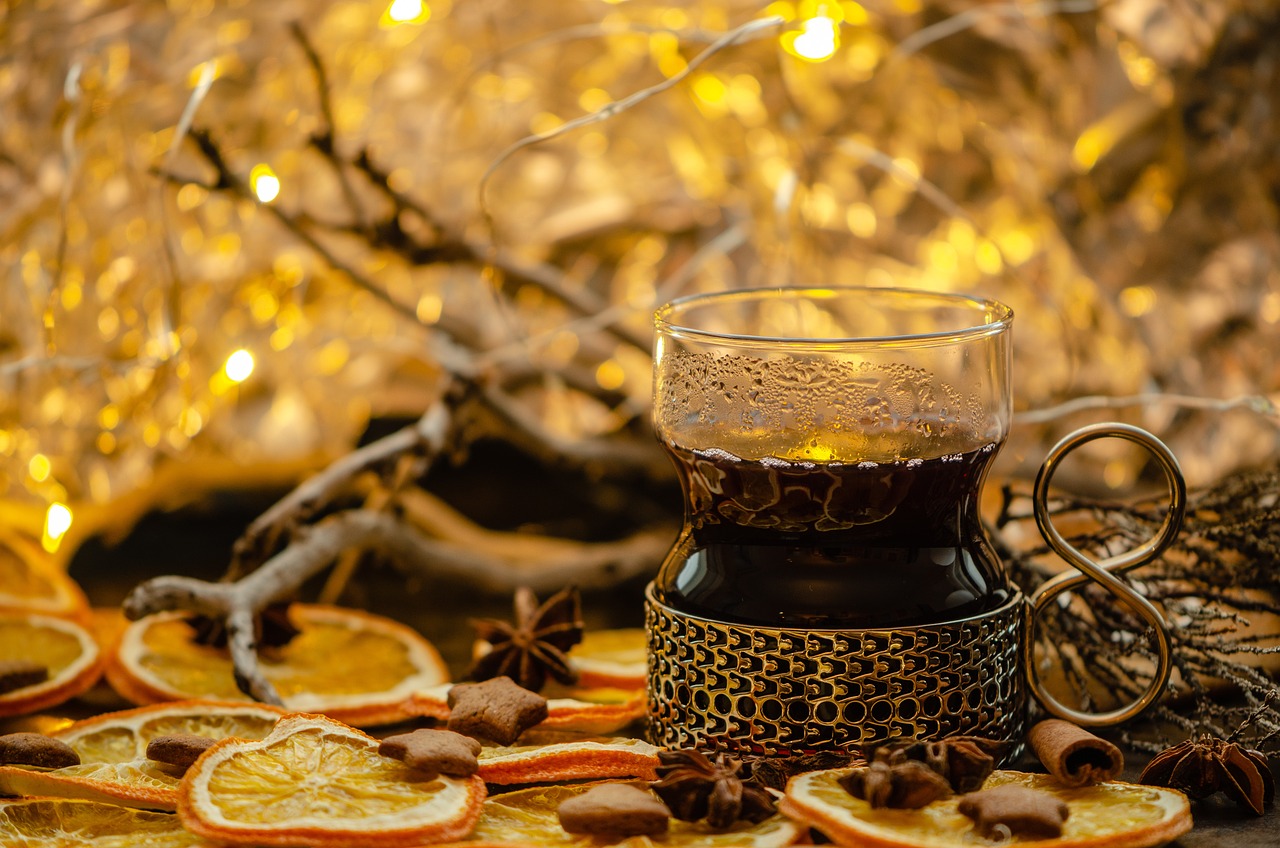
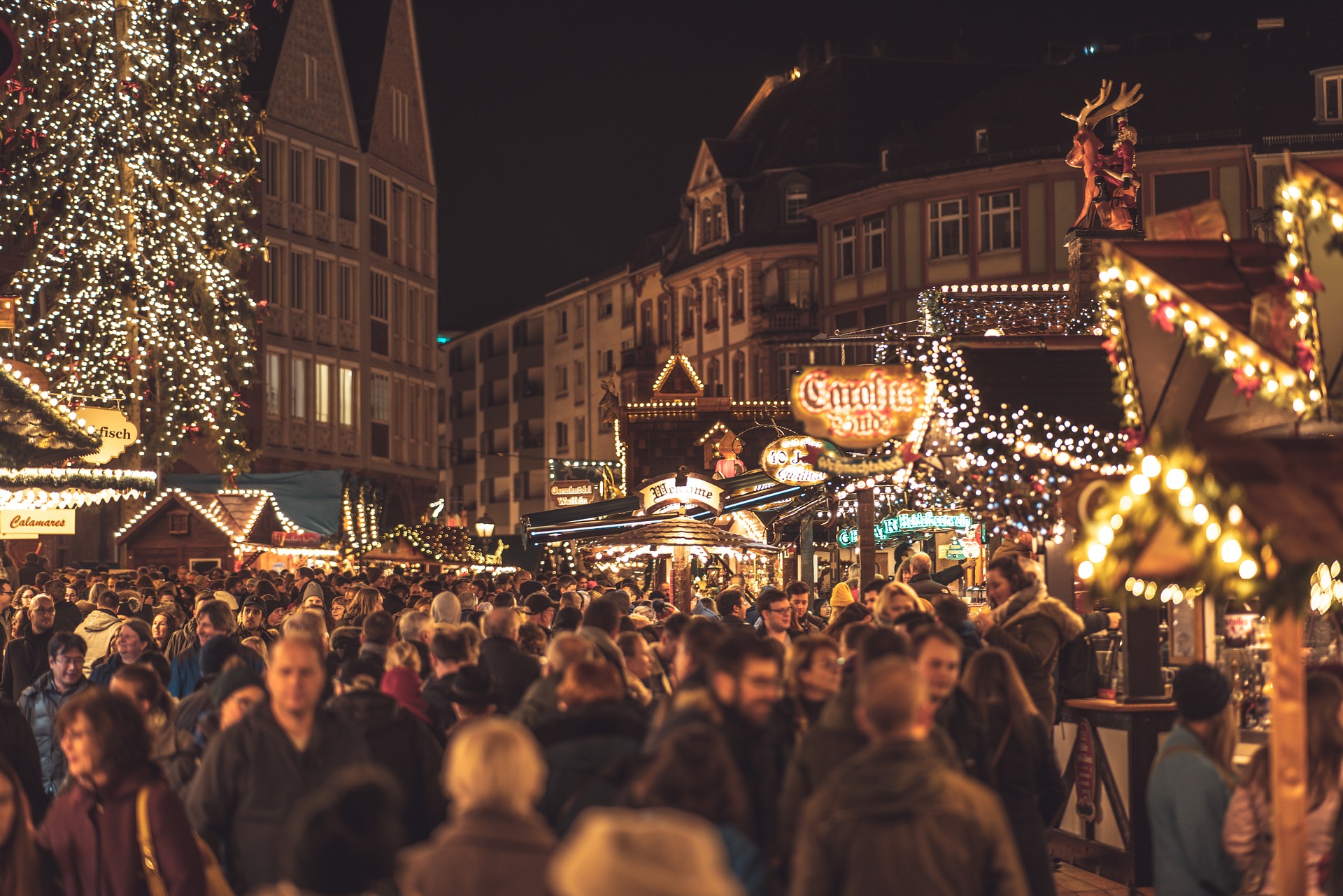
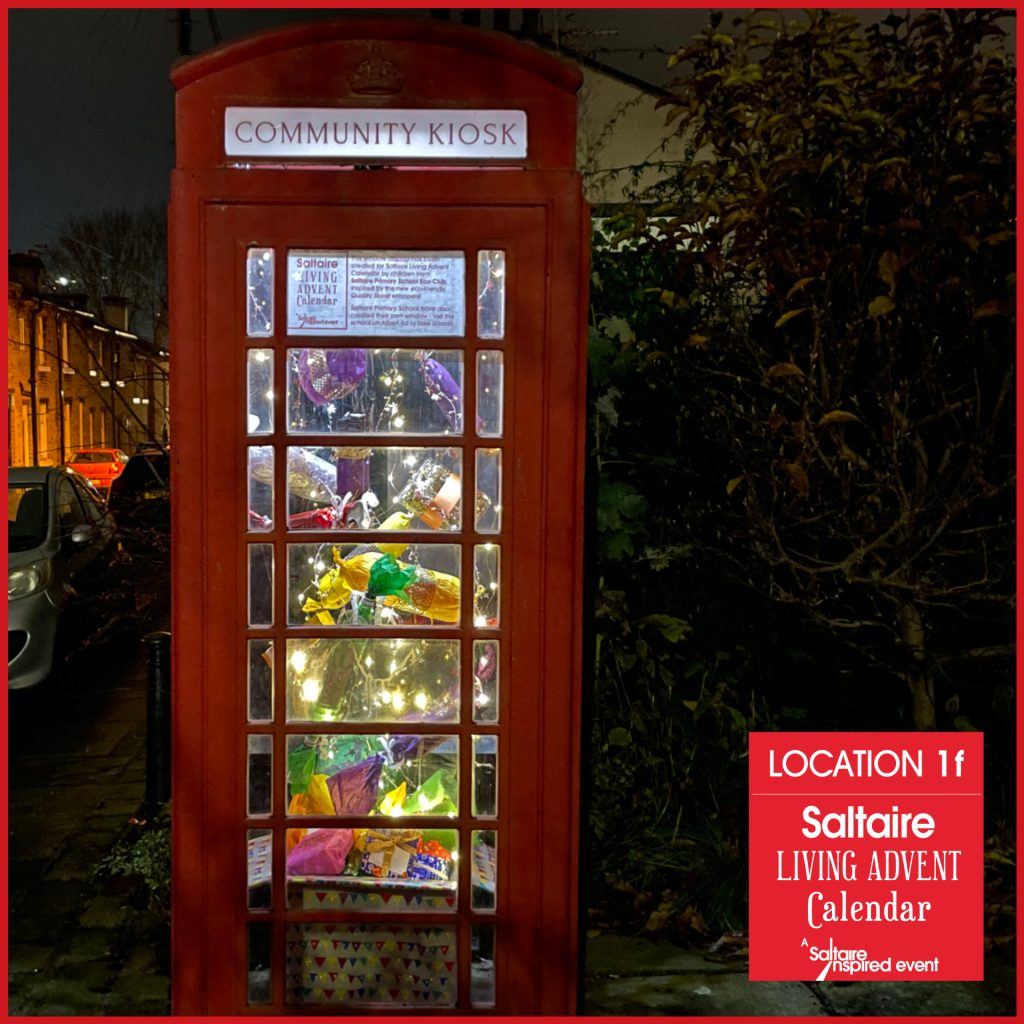
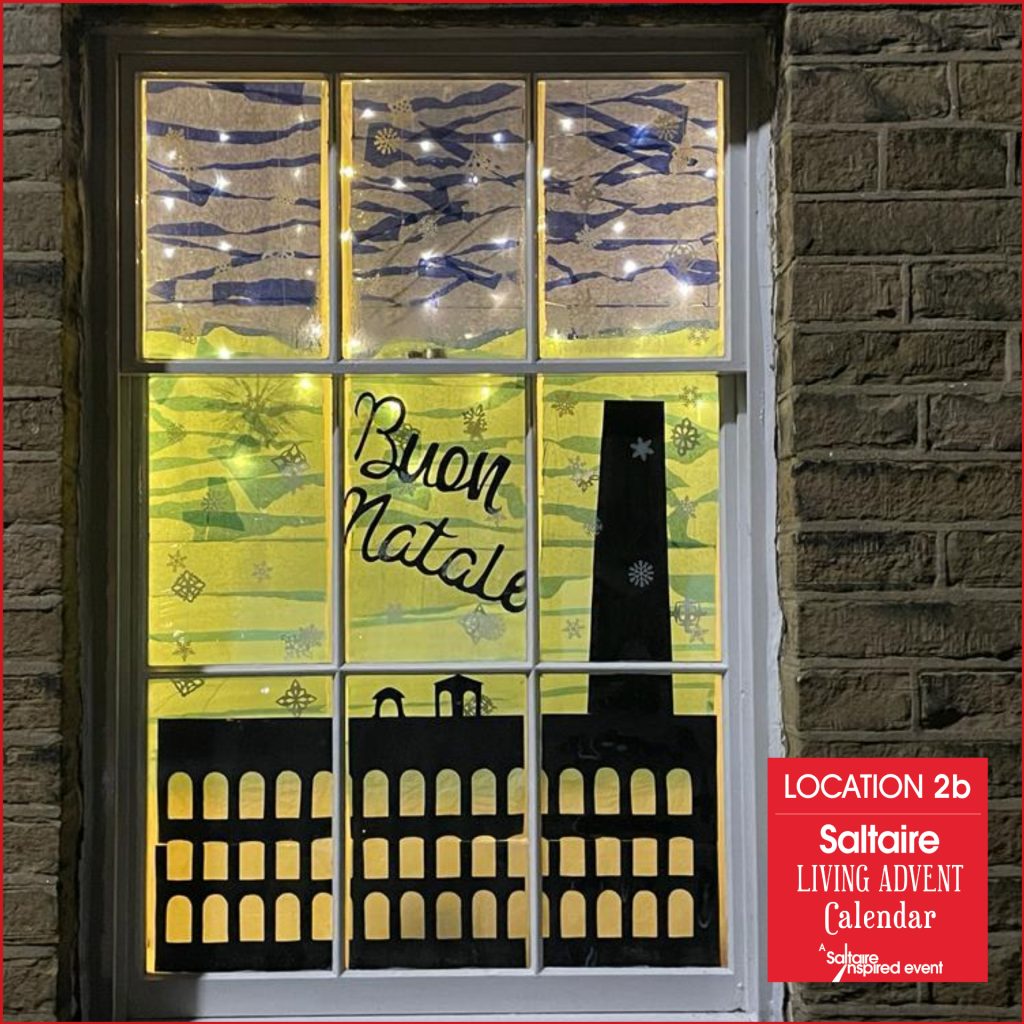
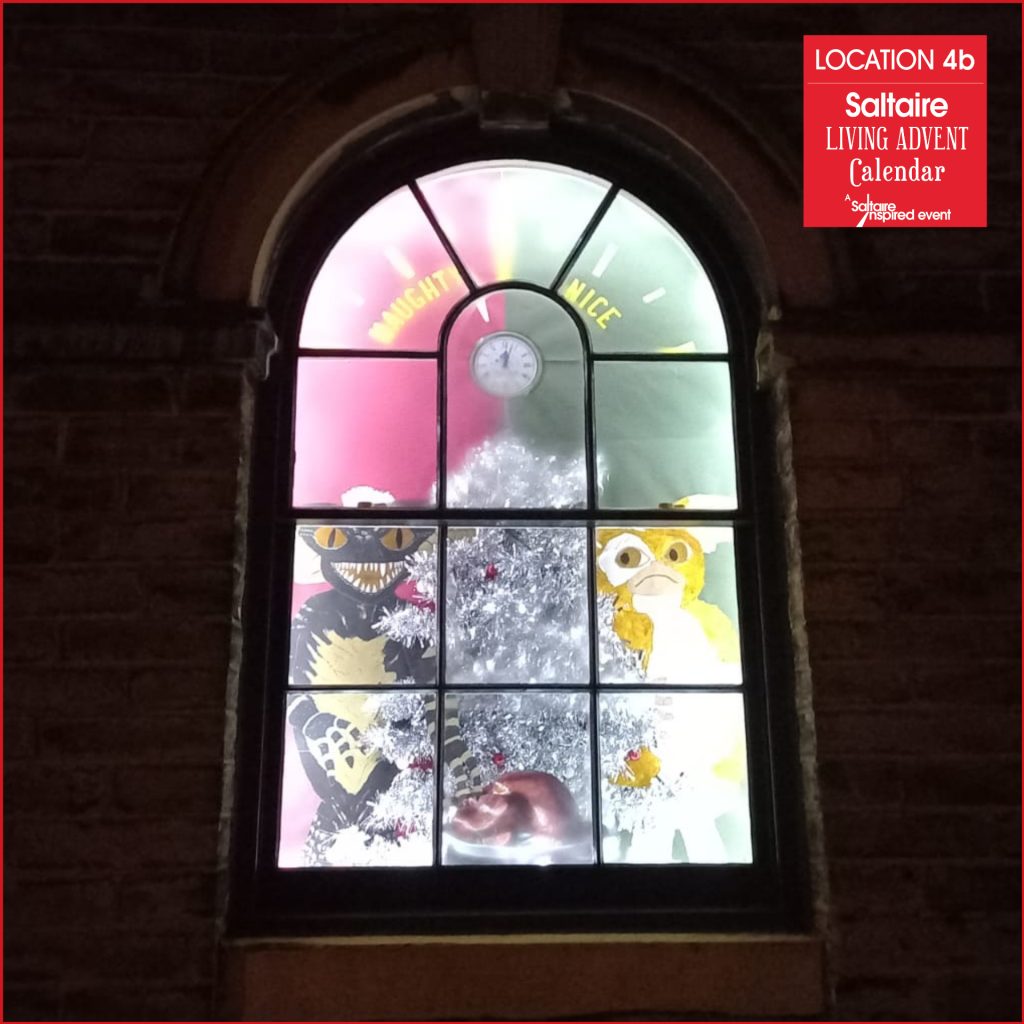
Take a stroll around the streets of Saltaire and enjoy each window as it opens!
A key event in Saltaire's winter programme since 2006 is the Saltaire Living Advent Calendar - a much-loved festive highlight for residents and attracting visitors from further afield with followers online from across the world.
Windows are illuminated daily (this year there are 56 in total) in Saltaire’s Grade II listed cottages and iconic buildings, and typically include festive scenes, quirky characters and tales influenced by Saltaire, culture, and the window creator’s own lives and experiences – often with a good sprinkling of festive humour!
The event is a truly collaborative effort, with windows designed and created by village residents, artists, community groups, schools, local businesses, and each year we have been exchanging designs from Rydals, Sweden. This year, Rydals museum can be seen in location 20 on our Living Advent Calendar map. We in turn have sent a window design created by Cactus Crew ( a Shipley-based Youth Enterprise group run by Sponge Tree as part of Ignite Yorkshire https://igniteyorks.org.uk/ )
Windows light up daily at 4pm from 1st - 24th December, and photos are shared at saltaireinspired.org.uk and on social media channels Instagram, Twitter and Facebook.
Check out Saltaire Winter Programme here.
If you want to learn more about Saltaire Inspired within the Be.CULTOUR Project click here.
Winter festivities and traditions in Veneto Region: Warming up next to the Panevin - bonfire
On the night between the 5th and the 6th of January, in the Veneto Region takes place the traditional Panevin, bonfire. The evening before the Epiphany becomes a moment of aggregation for local communities, a way to rediscover their origins and traditions related to the land. All together they drink mulled wine and eat the “pinza”, a typical Epiphany dessert and celebrate the old lady who will spend the night carrying gifts and sweets.
The most known Panevin in the region are:
- Panevin of Arcade: the bonfire is an historical tradition for the city, going on since 1968. This year the pyre will have a diameter of 10 meters for a height of 9.5 meters
- Casera on the river Lemene at Concordia Sagittaria (VE): the bonfire, with its 13 meters height, floats on the river
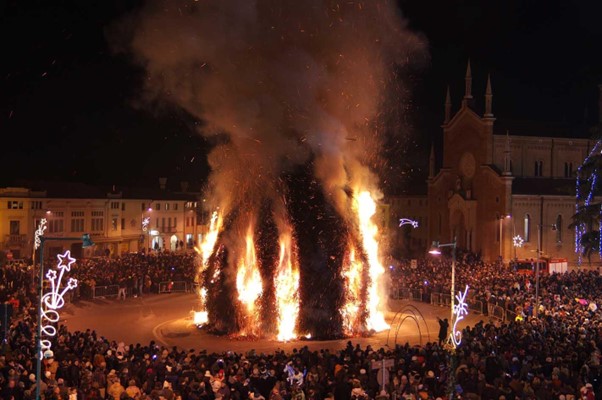


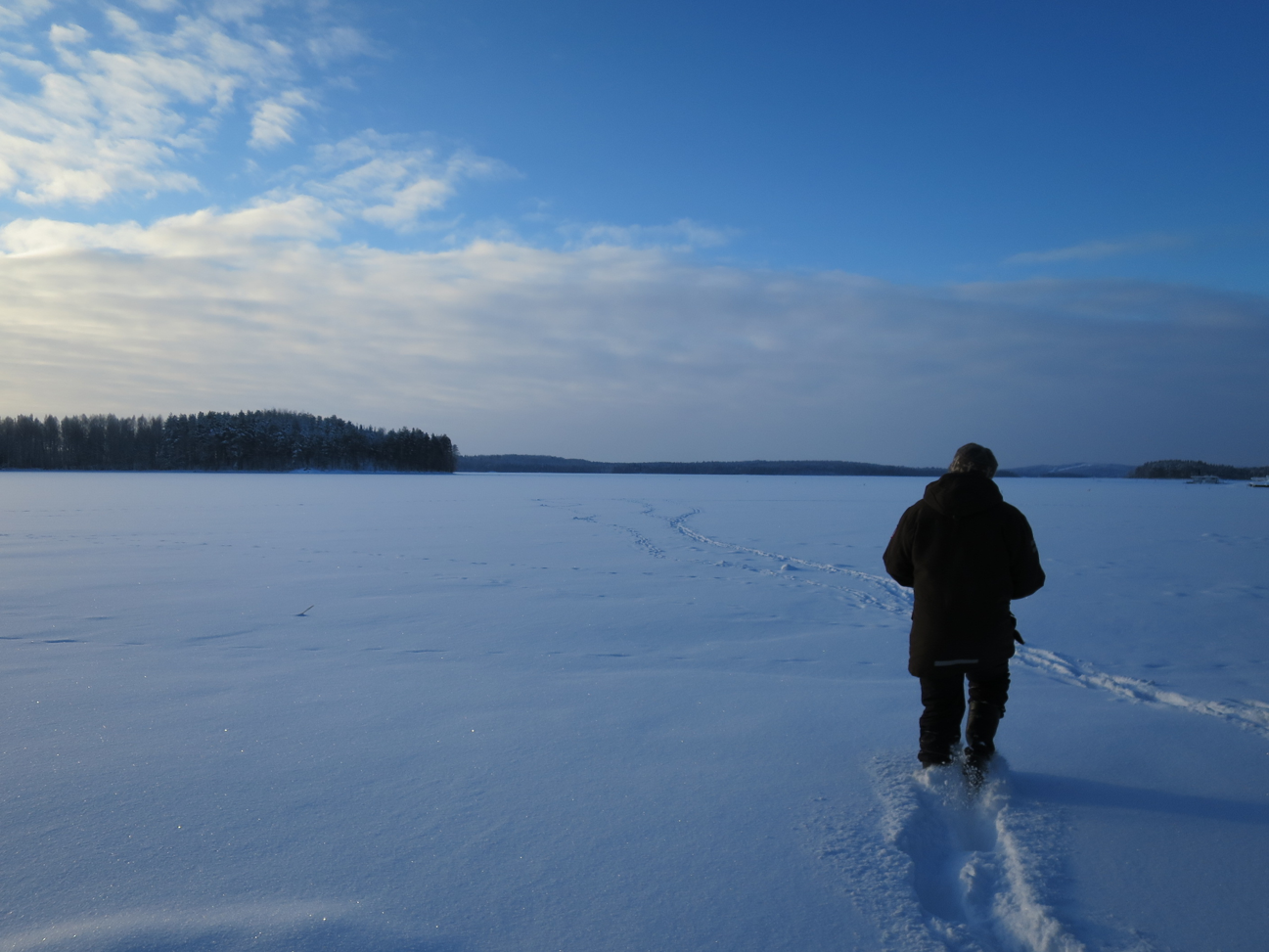
Enjoy Savonlinna's Tiernapojat - Star Boys' singing tradition
The traditional Finnish Christmas play has roots going back as far as the 1600s.
This "modern" or standard version is sung with a 1800s Oulu(Uleåborg) dialect. The play is traditionally performed by pre-teen boys who would go around performing the play in exchange for gifts in a similar way to trick-or-treating in America.
The play roughly covers the birth of Christ but includes many completely non-biblical elements such as a song in praise of Tsar Alexander, references to Turks, Tatars and Moors. The tradition of "starboys" singing Christmas carols exists across Europe with 100s of different iterations, and all have direct roots to medieval mystery plays.
If you want to learn more about Savonlinna within the Be.CULTOUR Project click here.
Winter festivities and traditions in Veneto Region: Jesolo Sand Nativity
Since 2002, the town of Jesolo has been celebrating the magic of Christmas through a work of great charm and appeal that delights thousands of visitors from around the world: the Sand Nativity. Its creation each year involves some of the best international sand sculptors, masters in bringing the authentic Christmas spirit to life, through an art form that recalls childhood memories. Each year, it has a theme of relevance to contemporary society and, since 2004, it has also embraced solidarity initiatives.
This year, for the 20th edition, Jesolo Sand Nativity will enchant visitors with a series of extraordinary artistic works on a universal and current theme: "Sculptures of Peace". 10 sculptures, shaped by 15 professional sculptors from various countries, will be on display discussing the theme of peace through both evangelical episodes and historical facts. More info: https://www.jesolosandnativity.it/en/


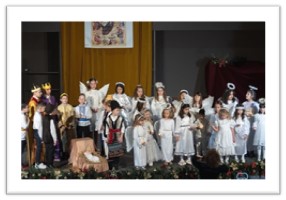
Between Advent and Epiphany, cultural diversity in Timis traditions
The Catholics of Banat await the Birth of Jesus with Advent, which lasts four weeks and is symbolized by a wreath of fir branches plaited with ribbons and decorated with nuts and polished cones, on which four candles are placed - a symbol of the light brought by Jesus to the earth – which are lit in turn, every Sunday, until the evening of Christmas Eve. In some villages, on the first day of Advent, a branch from a fruit tree is broken which is kept in the house and sanctified by the Epiphany, and then it is put in the stable to protect the animals.
Serbs celebrate Christmas according to the Julian calendar, the most spectacular tradition being the lighting of the “Badnjak”, a young oak trunk that symbolizes the Savior's entry into the world and the warmth of his love. Straw are brought to the houses, which symbolize the manger where Jesus was born and the first guest must be a man.
If you want to learn more about Timis County within the Be.CULTOUR Project click here.
